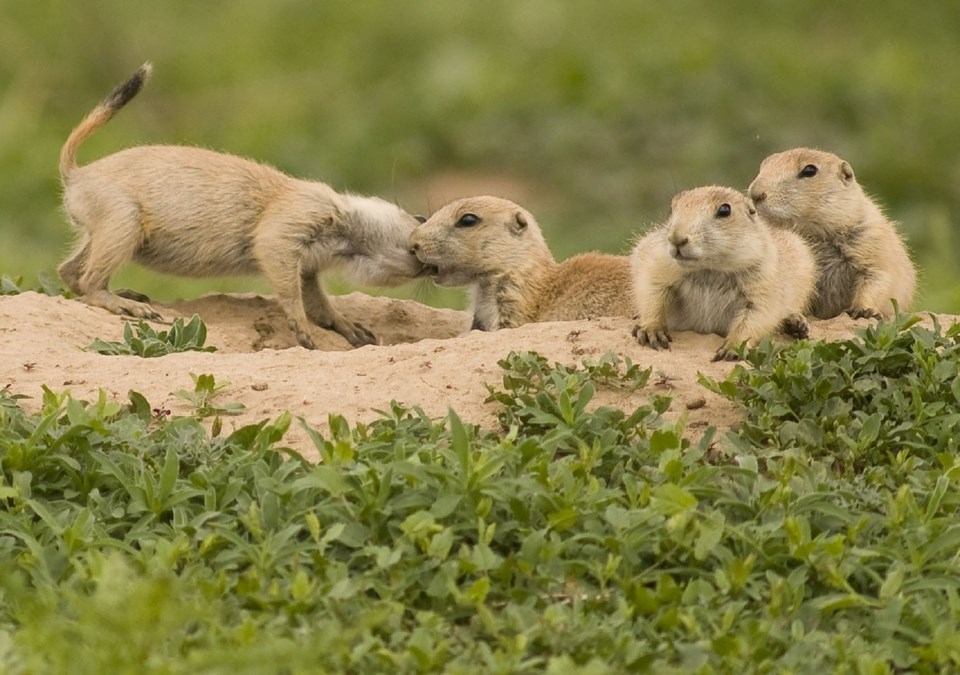This content was originally published by the Longmont Observer and is licensed under a Creative Commons license.
Originally adopted in 2006, the Wildlife Management Plan set out to "preserve existing wildlife habitats, improve degraded habitats, promote the coexistence of wildlife and human activities, and ensure that Longmont's high quality of life was maintained for its residents," according to city council communication.
However, challenges and opportunities have developed as times have changed. Specifically, with the recent adoption of Envision Longmont and the Sustainability Plan, the City of Longmont decided to update the Wildlife Mangement Plan.
The 2019 updates specifically addressed to reflect current conditions include:
- Setback variance requests
- Prairie dog management
- Biodiversity and quality of life issues:
- Native fish
- Pollinators
- Human and wildlife conflicts
The final draft of the Longmont Wildlife Management Plan:
Mayor Pro Tem Christensen moved that council choose Option 2: Modify the Final Draft Wildlife Management Update and direct staff to return to Council for final action. Option 2 was provided in city council communication as one of three suggestions provided by city staff.
The motion passed unanimously.
Councilmember Martin moved that "when staff brings this back, that there be clear language concerning how the output of the SES tool is used to advise the council in the appropriateness of setback variances." There was no second on the motion.
A year ago council voted to include a 150 ft. riparian variance on St. Vrain River, Left Hand Creek, Boulder Creek, Dry Creek #2, and Union Reservoir. During the July 16 meeting, council voted, unanimously, to add Dry Creek #1, Spring Gulch #1 and #2, and Lychin Gulch to the riparian setback variance code.
The council voted to include the Department of Natural Resources when deciding setback variances. Council also directed staff to bring back an updated set of criteria for variances that might also include the SES standards. The criteria that the council suggested using appears in Appendix A of the Wildlife Management Plan.



